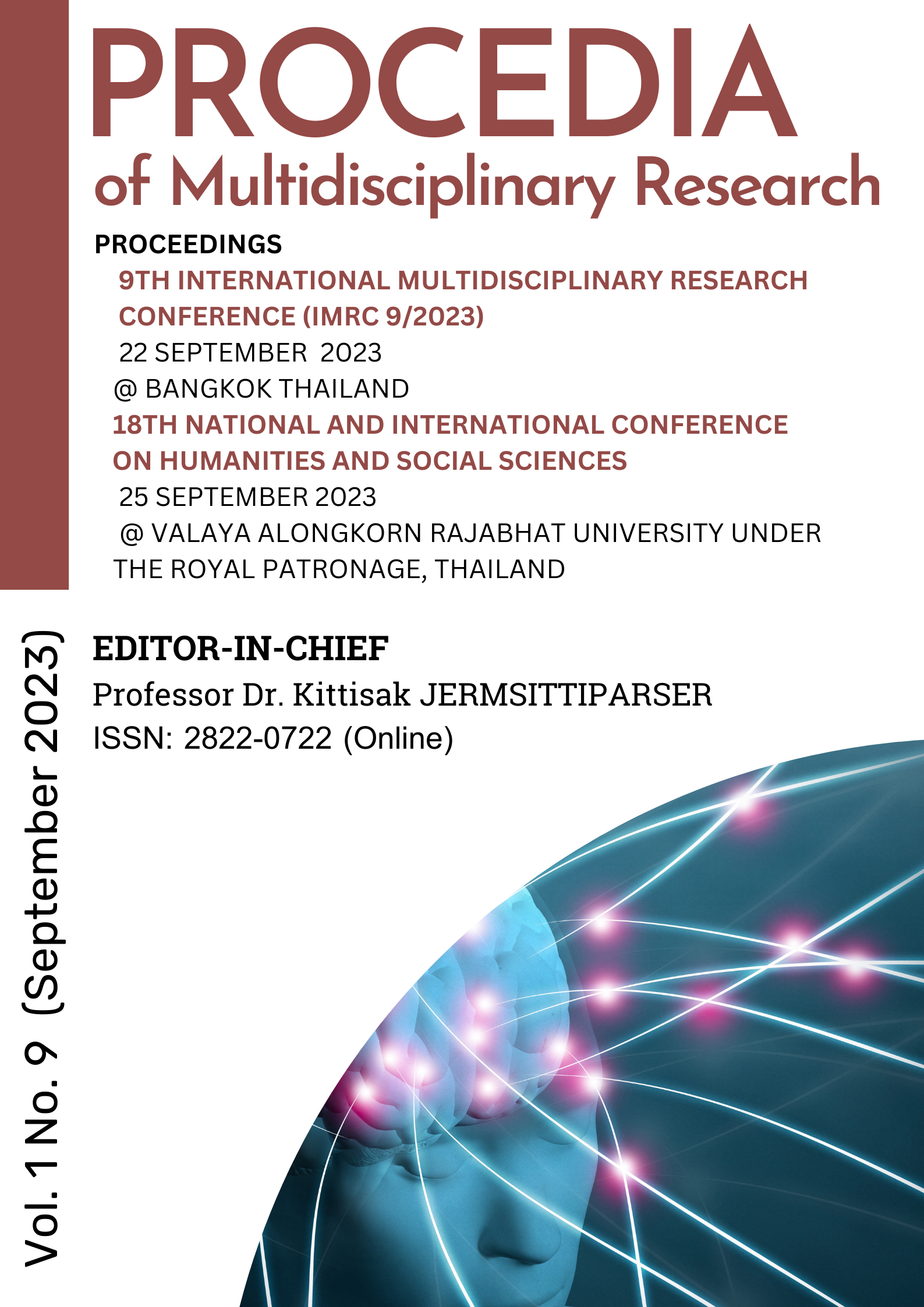INTEGRATED CURRICULUM DESIGN; STEAM IN SHENYANG, LIAONING CHINA
Keywords:
Mixed-Age Education, Advantages and Disadvantages, Students’ LearningAbstract
The objectives of this study were to 1) To investigate and assess educators' present knowledge of STEAM education and the second classroom, especially in more underdeveloped locations, and to pinpoint any obstacles or gaps in their theoretical and practical expertise, 2) To deeply analyze students and comprehend the situation of teaching and learning at the moment in the framework of STEAM education for English, 3) To investigate and create practical teaching activities and interdisciplinary research cases that integrate STEAM education and second classroom principles in high school English instruction, to give first-line instructors real-world examples and other examples, and to examine and improve STEAM education. The population used in this research is total 122,200 students in Shenyang, China, The sample size used in this research was 400 persons. The size was determined by calculating the Taro Yamane sample size (Taro Yamane, 1967). The analyses using One-Way ANOVA revealed no significant difference in these opinions when classified by sex, age, or educational level. The results underscore the value students place on STEAM education as a tool to enhance problem-solving skills, reinforcing the importance of supporting these educational programs. Further, similar levels of understanding and opinion across demographic factors point towards the equitable impact of STEAM education in the sample population.
Downloads
Published
Issue
Section
License

This work is licensed under a Creative Commons Attribution-NonCommercial-NoDerivatives 4.0 International License.







.png)


